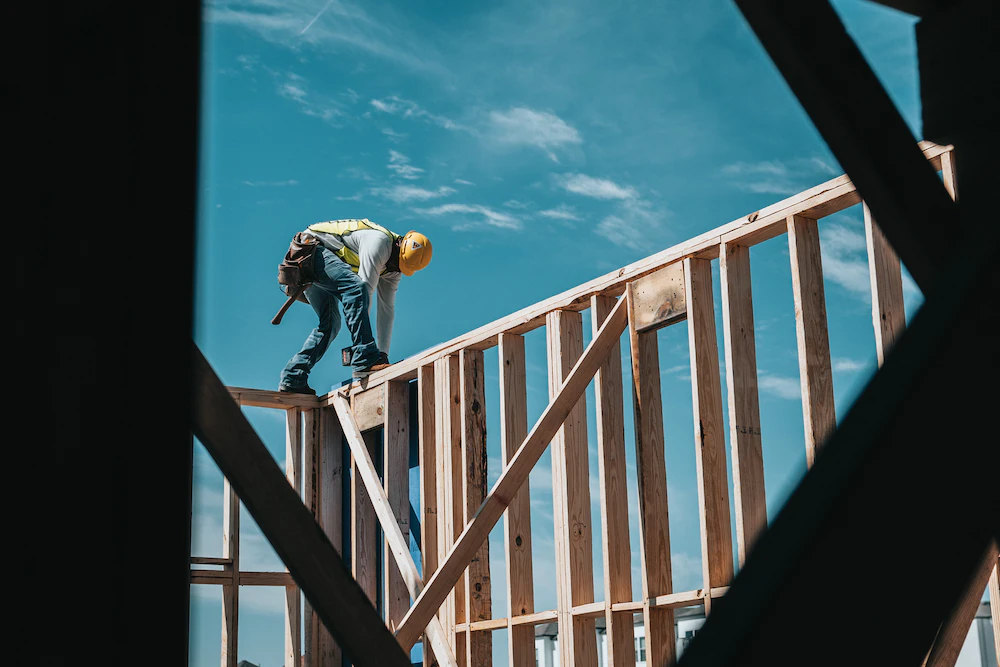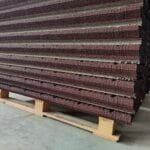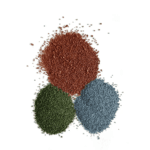Wooden roof tiles, often referred to as wood shakes or shingles, have been a popular roofing choice for centuries. They offer a natural, rustic charm that’s hard to replicate with other materials. However, like any roofing option, wood tiles come with their own set of advantages and disadvantages. If you’re considering wood roof tiles for your home, it’s important to weigh these pros and cons carefully to make an informed decision.
Pros of Wooden Roof Tiles
1.Aesthetic Appeal
- Natural Beauty: One of the most significant advantages of wooden roof tiles is their natural and timeless beauty. They add a warm, rustic charm to any home, particularly suited to cottages, cabins, and traditional-style houses.
- Versatility: Wood tiles can be stained or painted in various colors to match your home’s exterior, offering flexibility in design.
2.Environmental Friendliness
- Sustainable Material: Wood is a renewable resource, especially when sourced from sustainably managed forests. Choosing certified wood shakes or shingles can reduce your home’s environmental footprint.
- Biodegradable: Unlike many other roofing materials, wood tiles are biodegradable, meaning they won’t sit in a landfill for hundreds of years.
3.Insulation Properties
- Natural Insulation: Wood has natural insulating properties, helping to keep your home warm in the winter and cool in the summer. This can lead to energy savings over time.
- Sound Dampening: Wood shingles provide better sound insulation compared to some other roofing materials, reducing noise from rain, hail, and external sources.
- Less Structural Stress: Wood tiles are lighter than many other roofing materials, such as clay or concrete tiles, placing less stress on your home’s structure. This can be particularly beneficial for older homes or structures not designed to bear heavy loads.
Cons of Wooden Roof Tiles
1.Maintenance Requirements
- High Maintenance: Wood tiles require regular maintenance to prevent rot, mold, and insect infestations. They need to be cleaned and treated periodically to maintain their longevity and appearance.
- Vulnerability to Weather: Wood is more susceptible to weathering over time. Exposure to UV rays, moisture, and temperature fluctuations can cause wood shingles to warp, crack, or decay without proper care.
2.Fire Risk
- Flammability: One of the biggest drawbacks of wood tiles is their flammability. In fire-prone areas, wood shingles may pose a significant risk unless treated with fire-retardant chemicals. Even treated wood can be more susceptible to fire than other roofing materials like metal or tile.
3.Cost
- Higher Initial Cost: Wooden roof tiles tend to be more expensive than asphalt shingles and other common roofing materials. The initial investment, along with ongoing maintenance costs, can add up over time.
- Potential for Higher Insurance Premiums: Due to the increased fire risk, homeowners with wood shingles may face higher insurance premiums.
4.Longevity
- Shorter Lifespan: Compared to materials like metal or clay tiles, wood shingles have a shorter lifespan, typically lasting 20-30 years. This can be extended with proper care, but wood shingles generally do not last as long as more durable materials.
5.Pest Issues
- Susceptibility to Insects: Wooden tiles are vulnerable to insect infestations, such as termites and carpenter ants. These pests can damage the roof structure, leading to costly repairs if not addressed promptly.
Conclusion
Wooden roof tiles offer a unique blend of natural beauty and environmental benefits, making them an attractive option for many homeowners. However, they come with significant maintenance requirements, potential fire risks, and a shorter lifespan compared to other roofing materials. Before choosing wooden shingles for your roof, it’s important to consider these pros and cons in relation to your specific needs, climate, and budget.
For those who value the aesthetic appeal and sustainability of wood, and are willing to commit to the necessary upkeep, wooden roof tiles can be a charming and eco-friendly choice. However, if longevity, low maintenance, and fire safety are higher priorities, exploring alternative roofing options may be the better path.




